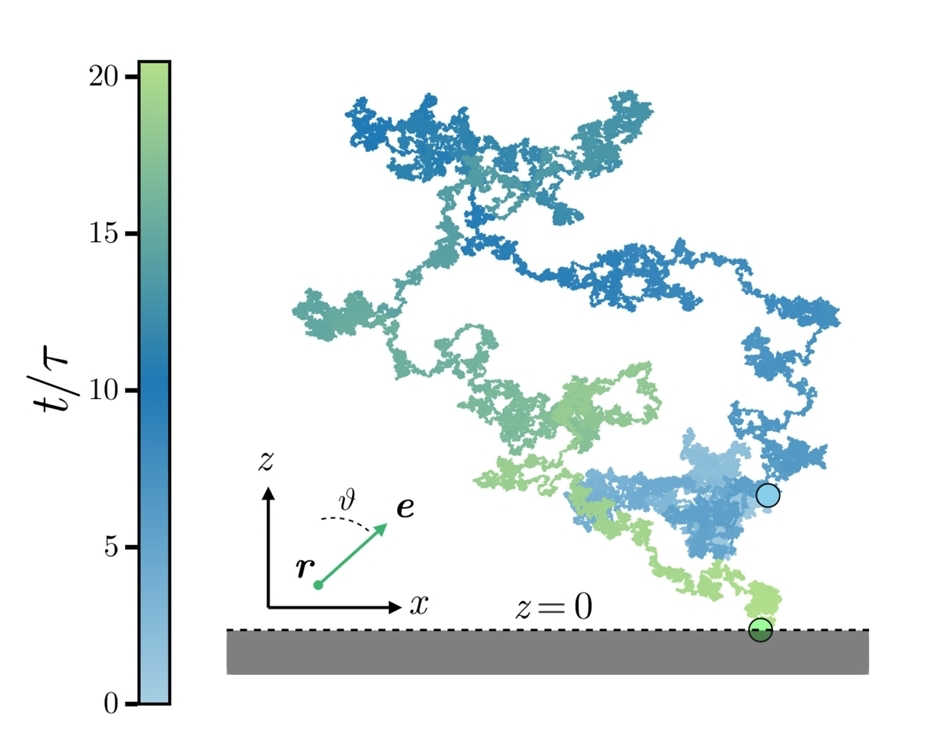<< Systems biology faces the monumental task of synthesizing vast amounts of molecular facts into a cohesive whole. While it is recognized that stochasticity is ubiquitous in the cell, with noise playing a role in gene expression, differentiation, and switching (..), it is still commonly argued that the cell functions in spite of the noisy cellular environment. >>️
<< Stochastic systems have a control-theoretic interpretation in which noise plays the role of endogenous control. In the weak-noise limit, relevant at low temperatures or in large populations, control is optimal and an exact mathematical mapping from noise to control is described, where the maximizing the probability of a state becomes the control objective. >>
<< In Langevin dynamics noise is identified directly with control, while in general Markov jump processes, which include chemical reaction networks and electronic circuits, (AA) use the Doi-Zel'dovich-Grassberger-Goldenfeld-Peliti path integral to identify the `response' or `tilt' field π as control, which is proportional to the noise in the semiclassical limit. This solves the longstanding problem of interpreting π. >>
AA << illustrate the mapping on multistable chemical reaction networks and systems with unstable fixed points. The noise-control mapping builds intuition for otherwise puzzling phenomena of stochastic systems: why the probability is generically a non-smooth function of state out of thermal equilibrium; why biological mechanisms can work better in the presence of noise; and how agentic behavior emerges naturally without recourse to mysticism. >>
Eric De Giuli. Noise equals endogenous control. arXiv: 2503.15670v2 [q-bio.MN]. Mar 24, 2025.
Also: noise, disorder & fluctuations, transition, dance, jazz, in https://www.inkgmr.net/kwrds.html
Keywords: gst, noise, disorder, transition, ethno, crosstalk, gossip, misinformation, fake news, dance, jazz

